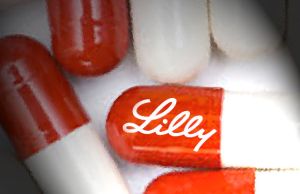 Melissa Dykes & Aaron Dykes – It would seem that every time there is a mass shooting in this country, the shooter has either been taking psychotropic medications, usually in the form of antidepressants, or the shooter has recently quit taking antidepressants.
Melissa Dykes & Aaron Dykes – It would seem that every time there is a mass shooting in this country, the shooter has either been taking psychotropic medications, usually in the form of antidepressants, or the shooter has recently quit taking antidepressants.
It is well known that these medications can cause suicidal thoughts, especially in young people up to around age 24. If a medicine can cause suicidal thoughts, it would only follow that it can possibly cause violent or homicidal thoughts as well.
A multitude of studies have linked antidepressants to everything from birth defects (including a very serious birth defect called persistent pulmonary hypertension of the newborn, causing the Food and Drug Administration to place a black box warning on them) to increased suicidal tendencies (causing the FDA to update the initial black box warning to include an additional suicidal tendencies warning).
This article contains valuable information regarding anti-depressants and their potential side effects. Eli Lilly, the pharmaceutical giant that brought us Prozac, knew this from its own trials as far back as 1984, but the company kept it from the public and the FDA for years, long after the drug was approved in 1988. Information came to light through a highly controversial litigation.
What do these documents, which the company reportedly worked to keep hidden, reveal about the potential dangers of Prozac (fluoxetine)?
The “confidential” report opens by stating that:
“Fluoxetine [Prozac] may produce both activation (nervousness, anxiety, agitation, insomnia) and sedation (somnolence, asthenia). Approximately 19% of patients might be expected to report activation during acute therapy with fluoxetine which was not present prior to therapy and which could be attributed to fluoxetine (in trials, 38% fluoxetine-treated patients reported new activation but 19% of placebo-treated patients also reported new activation yielding a difference of 19% attributable to fluoxetine).” Continue reading
